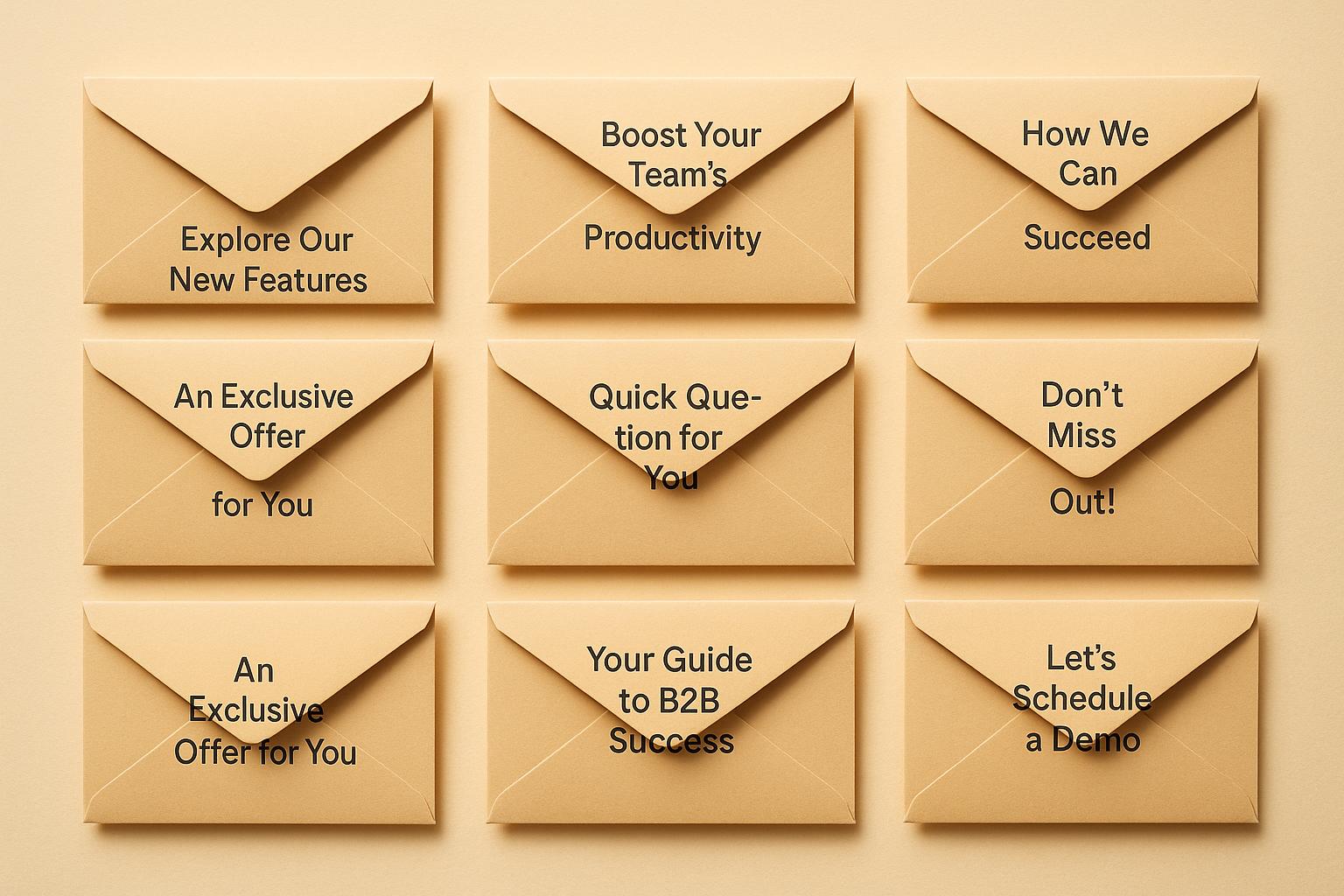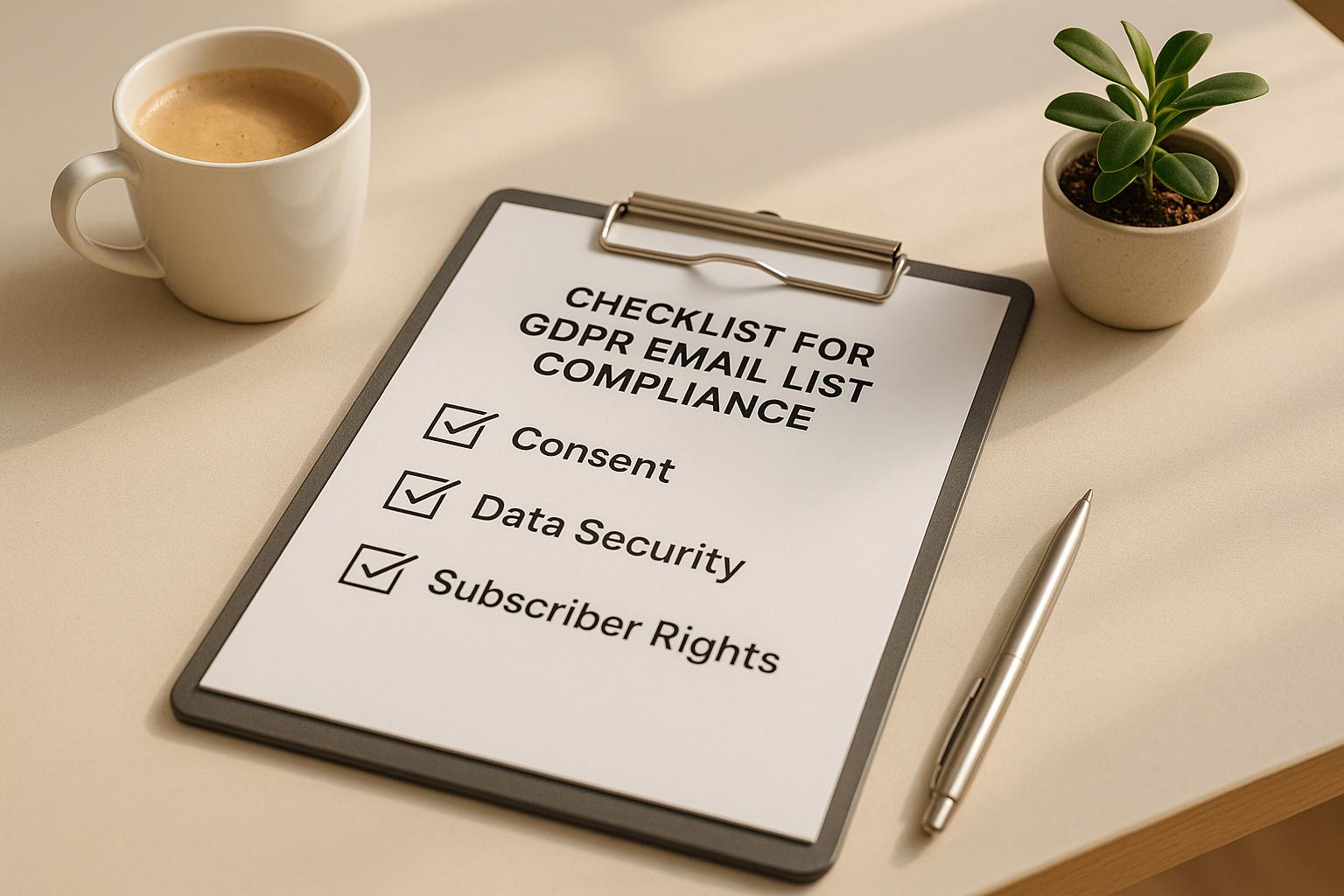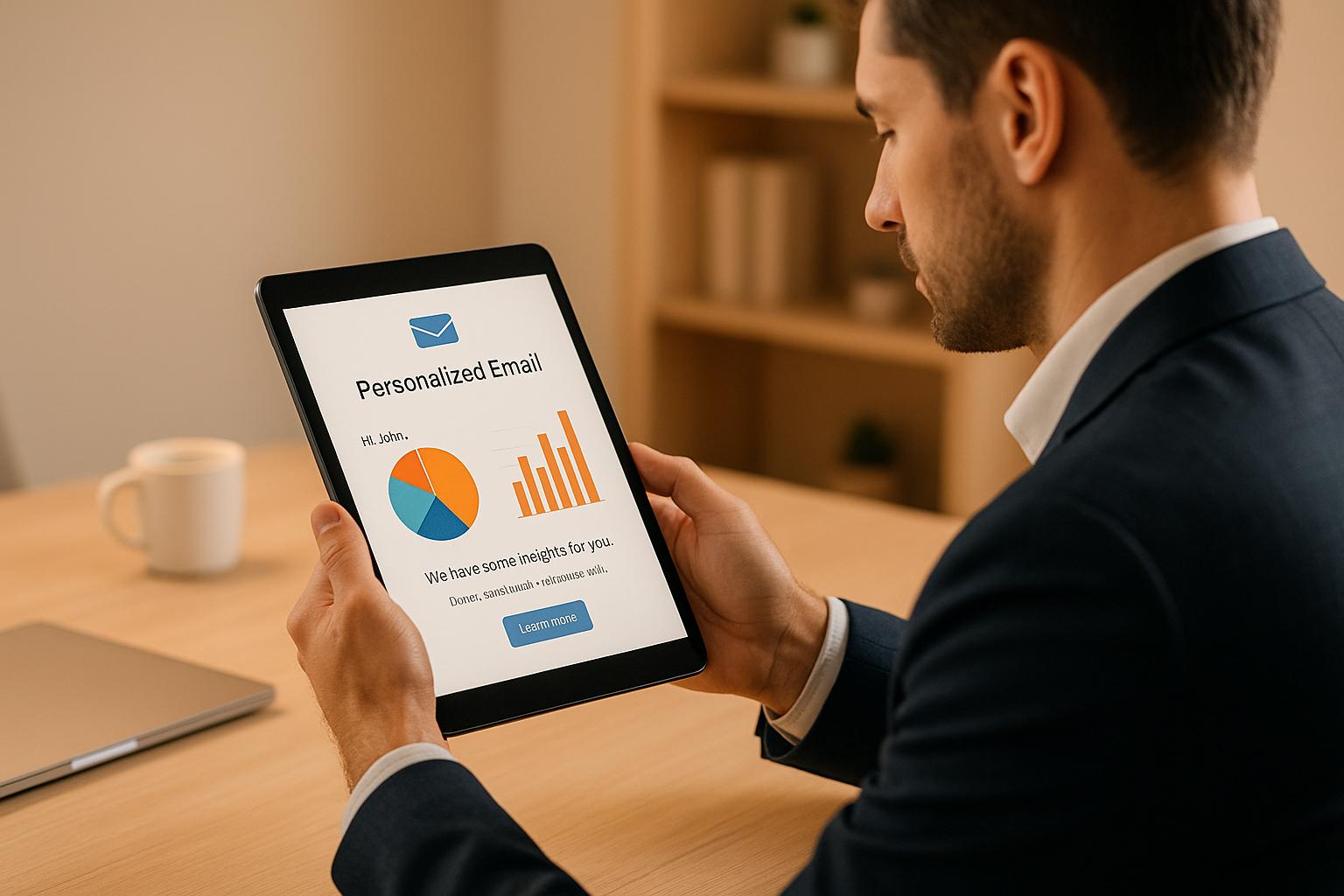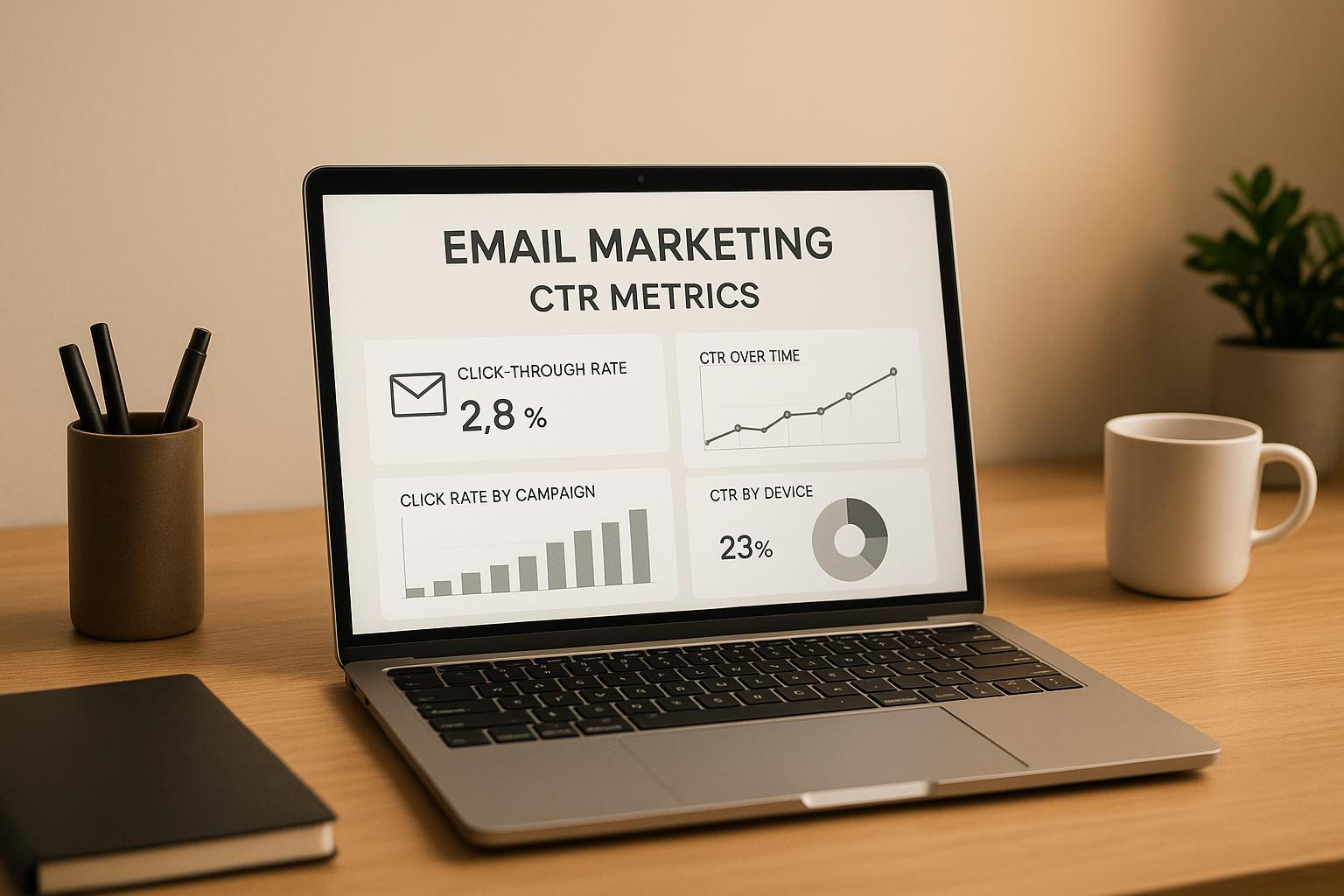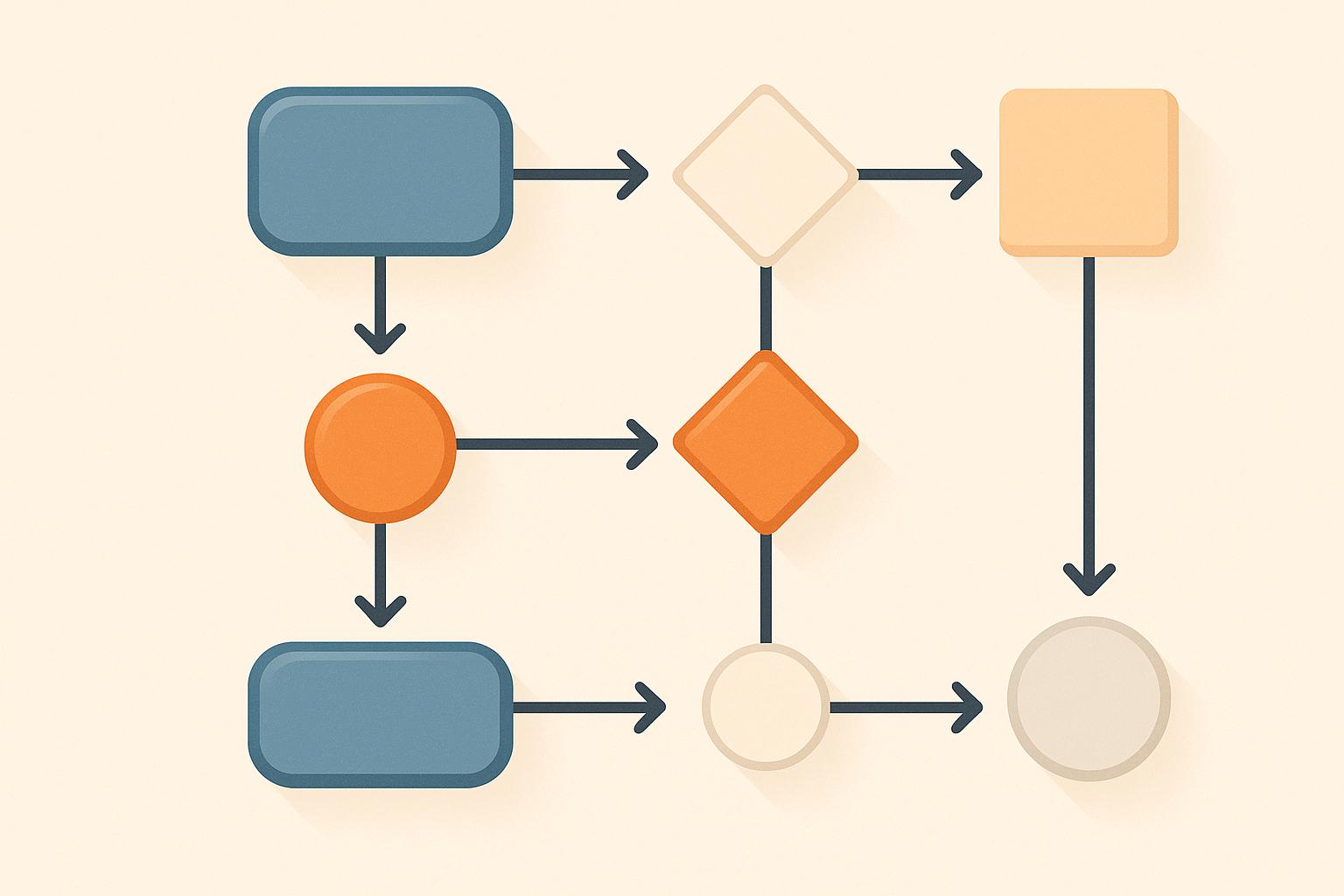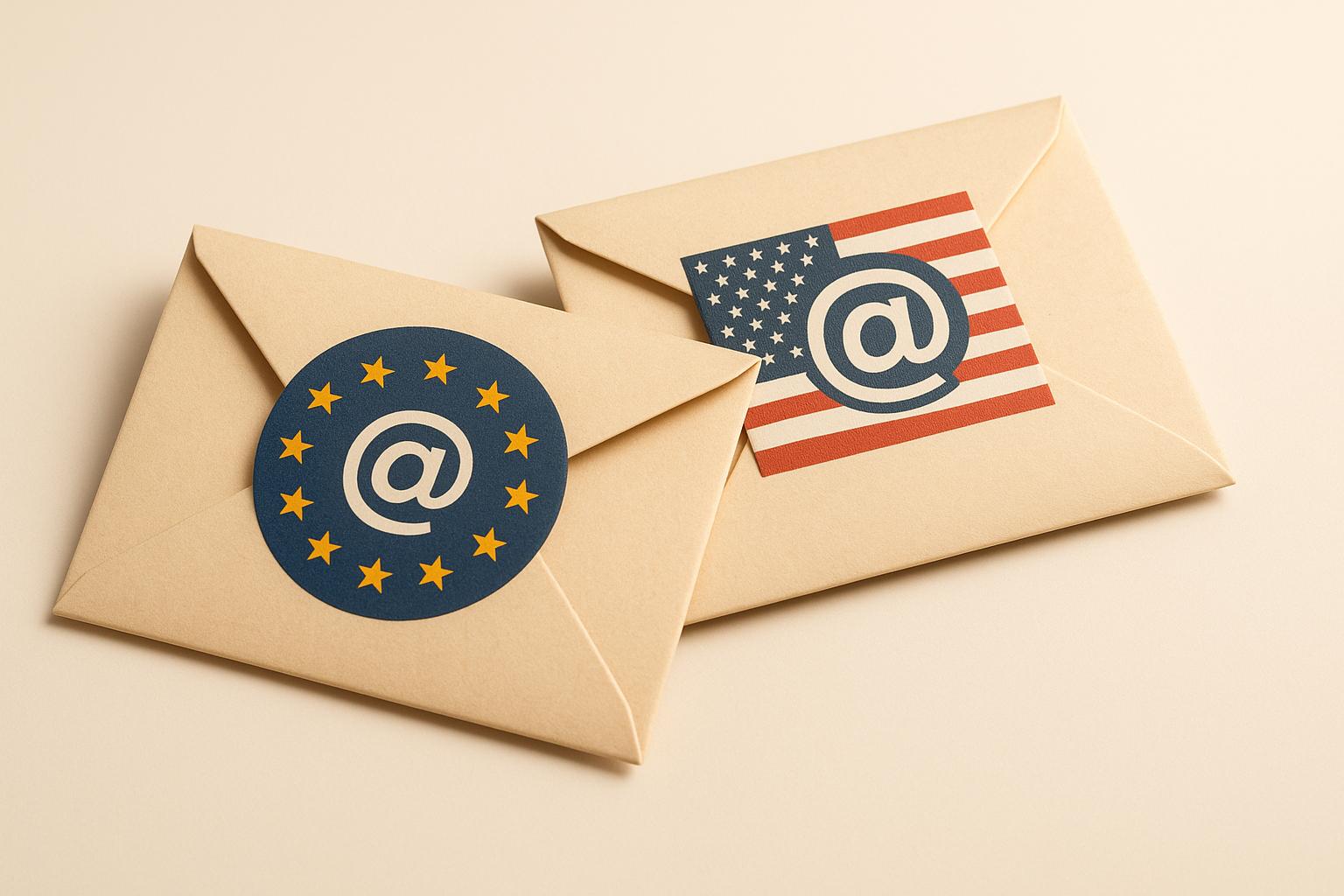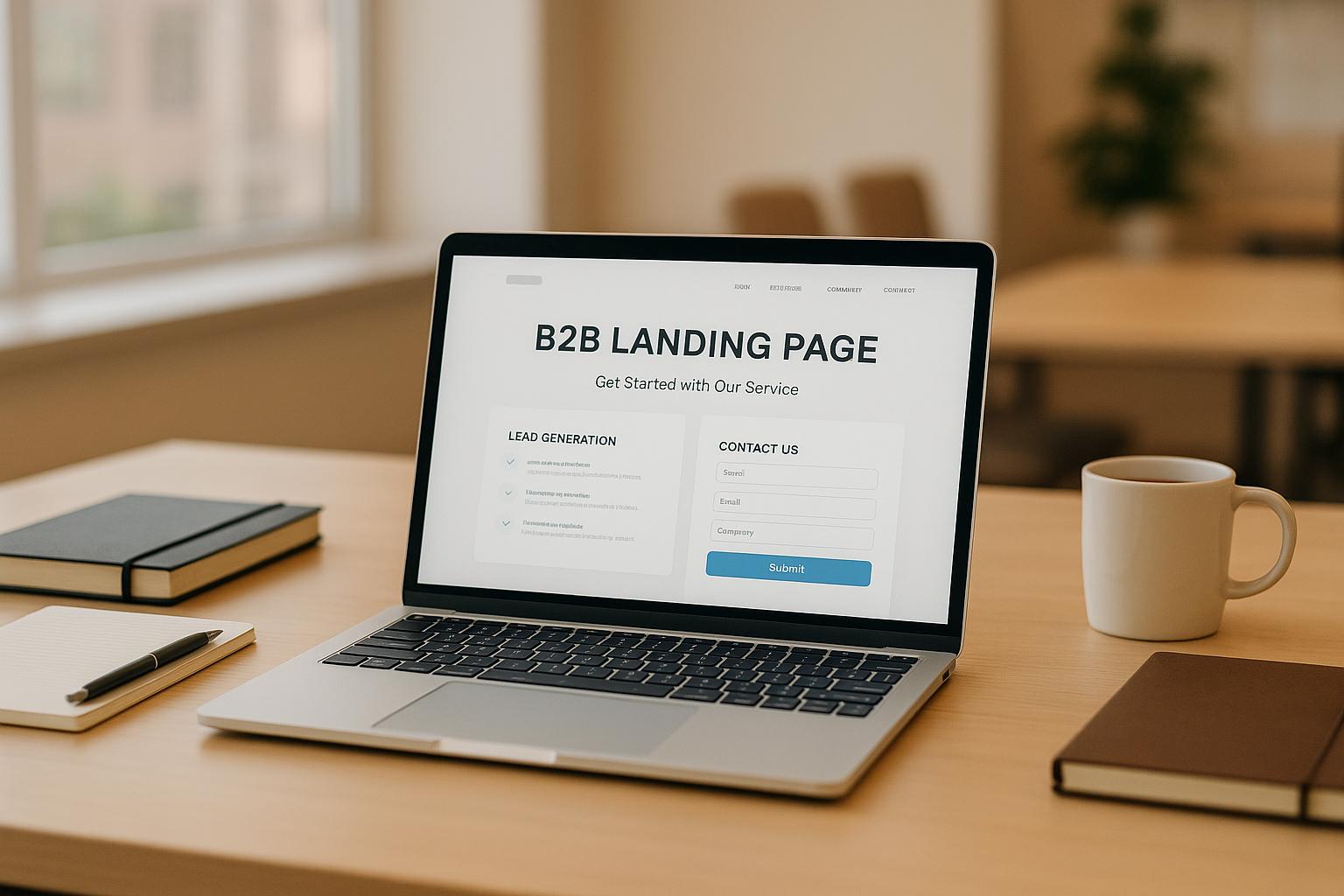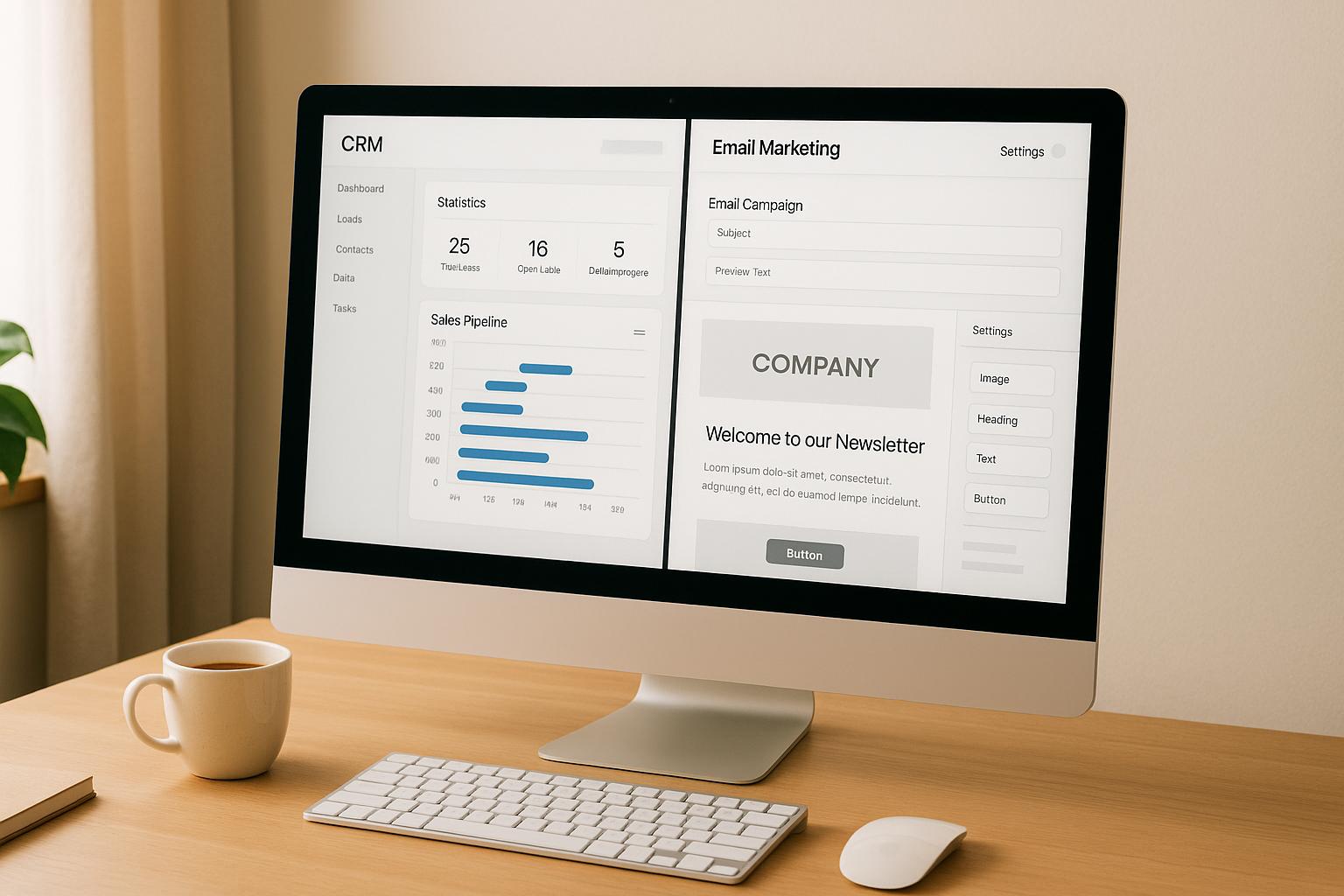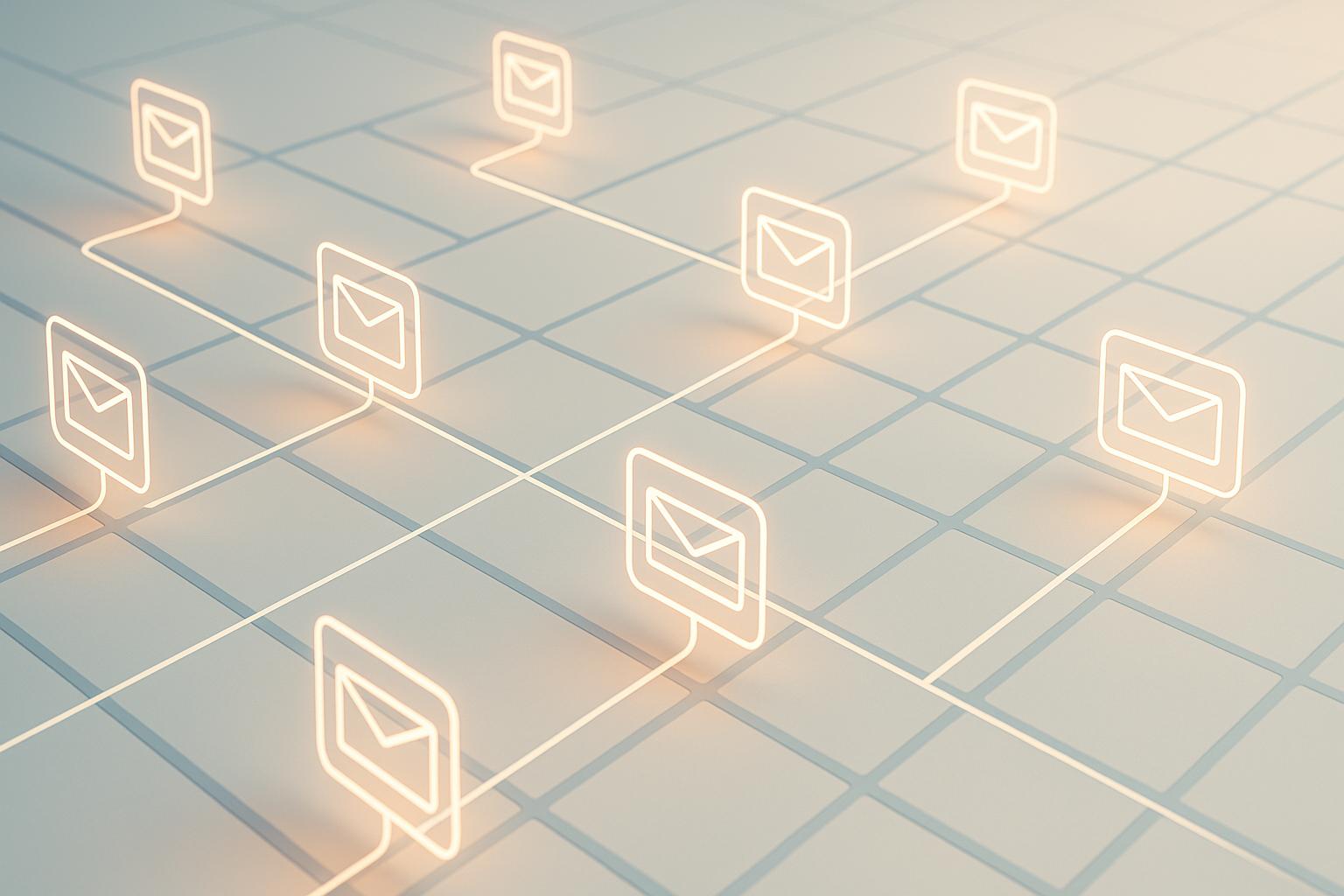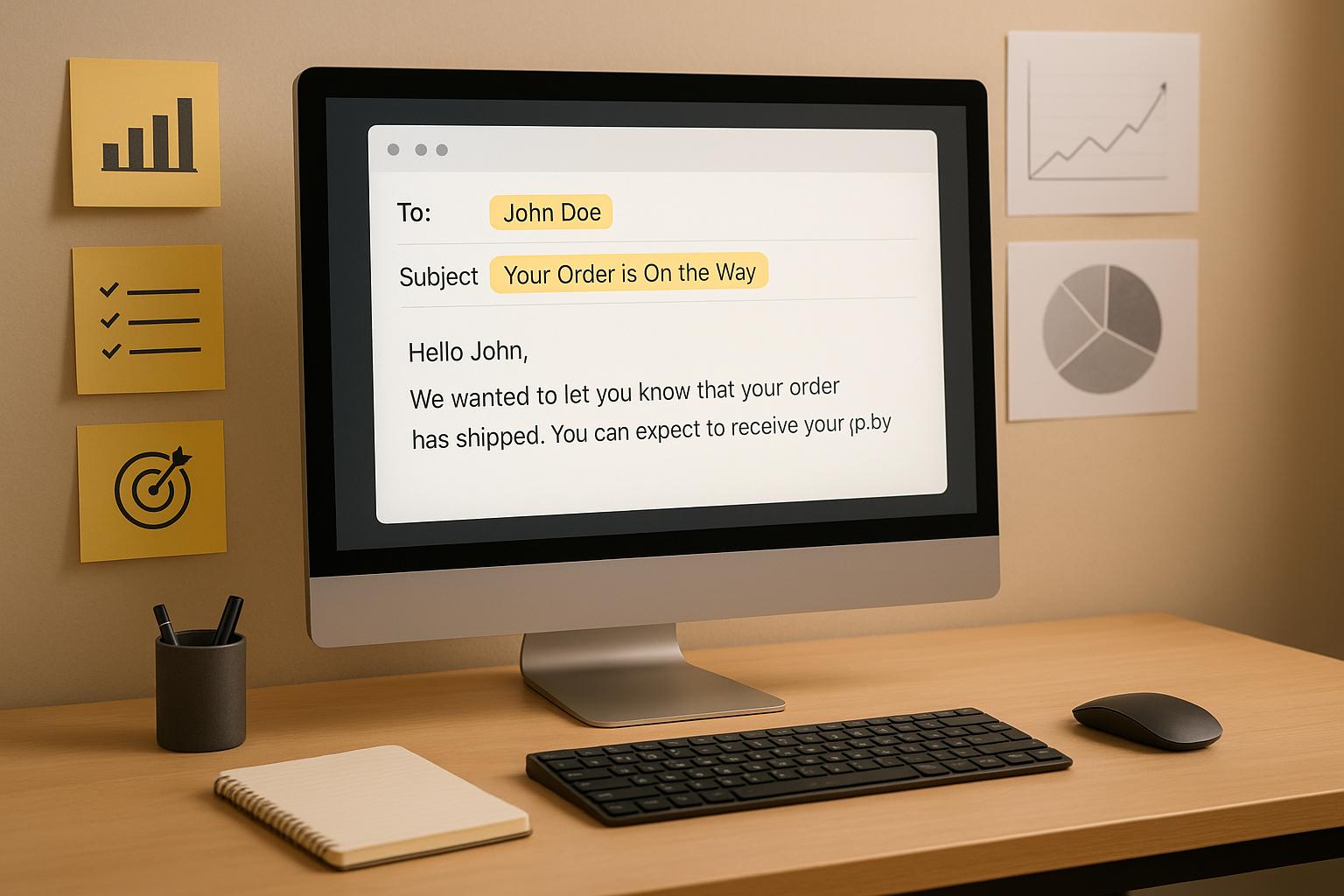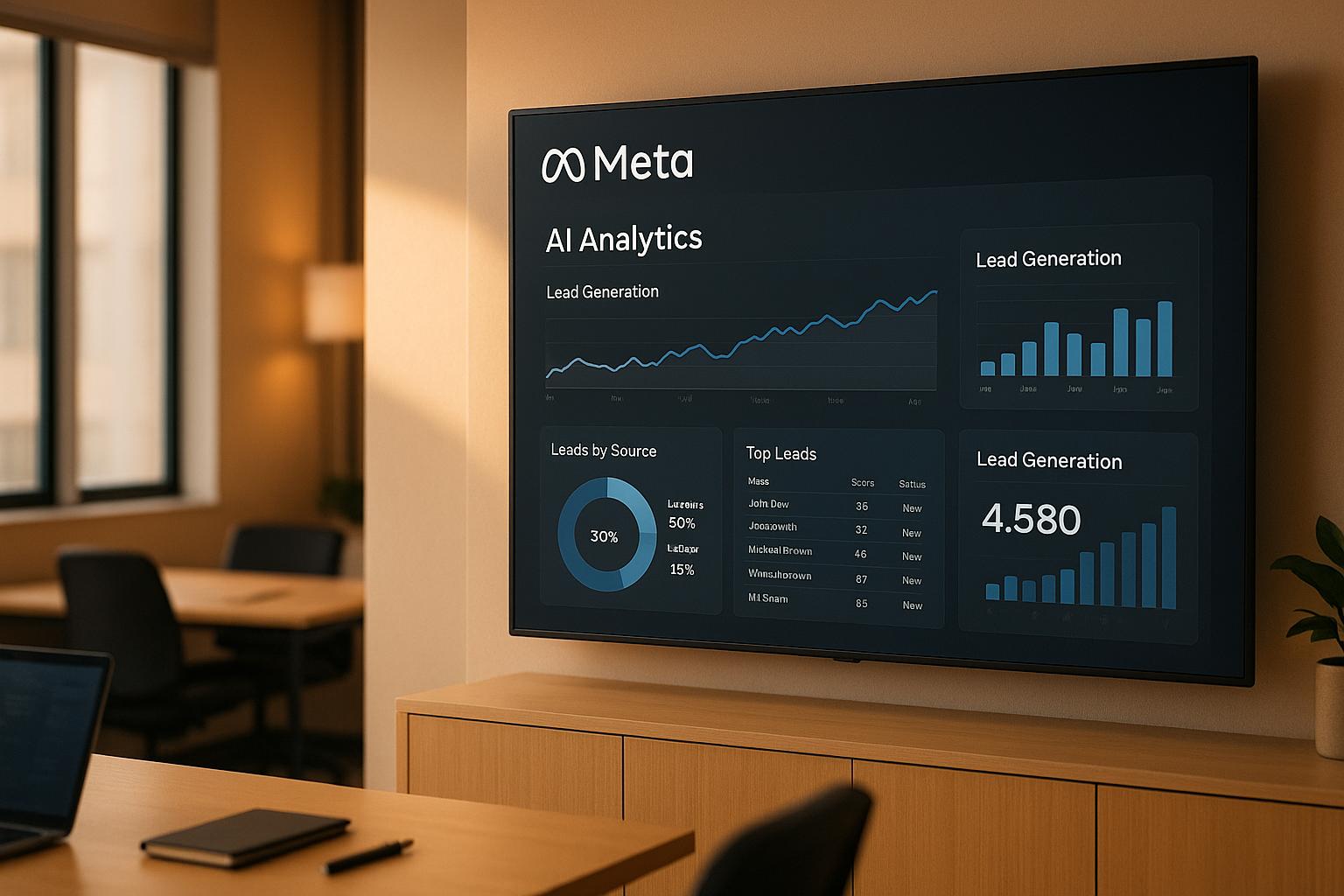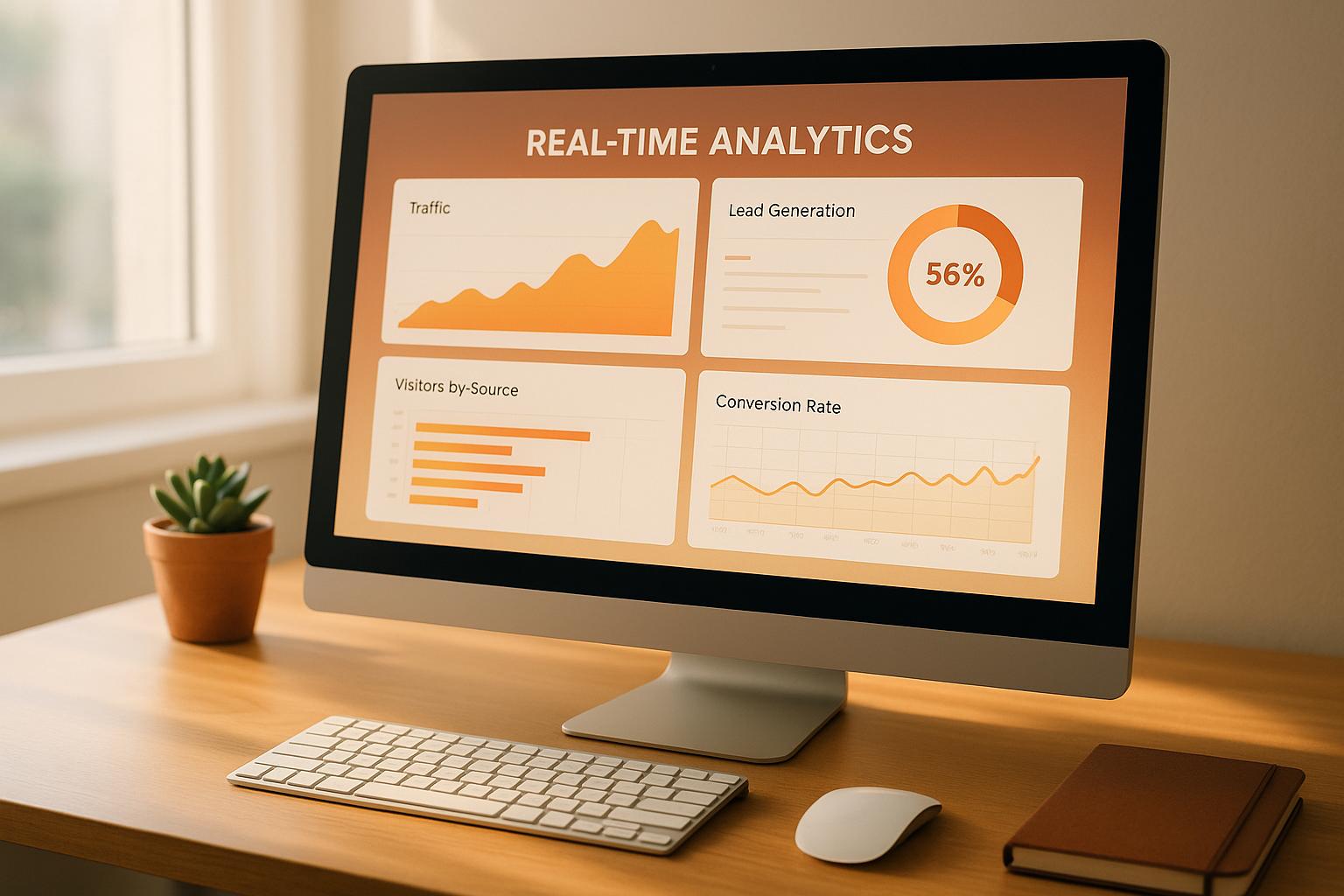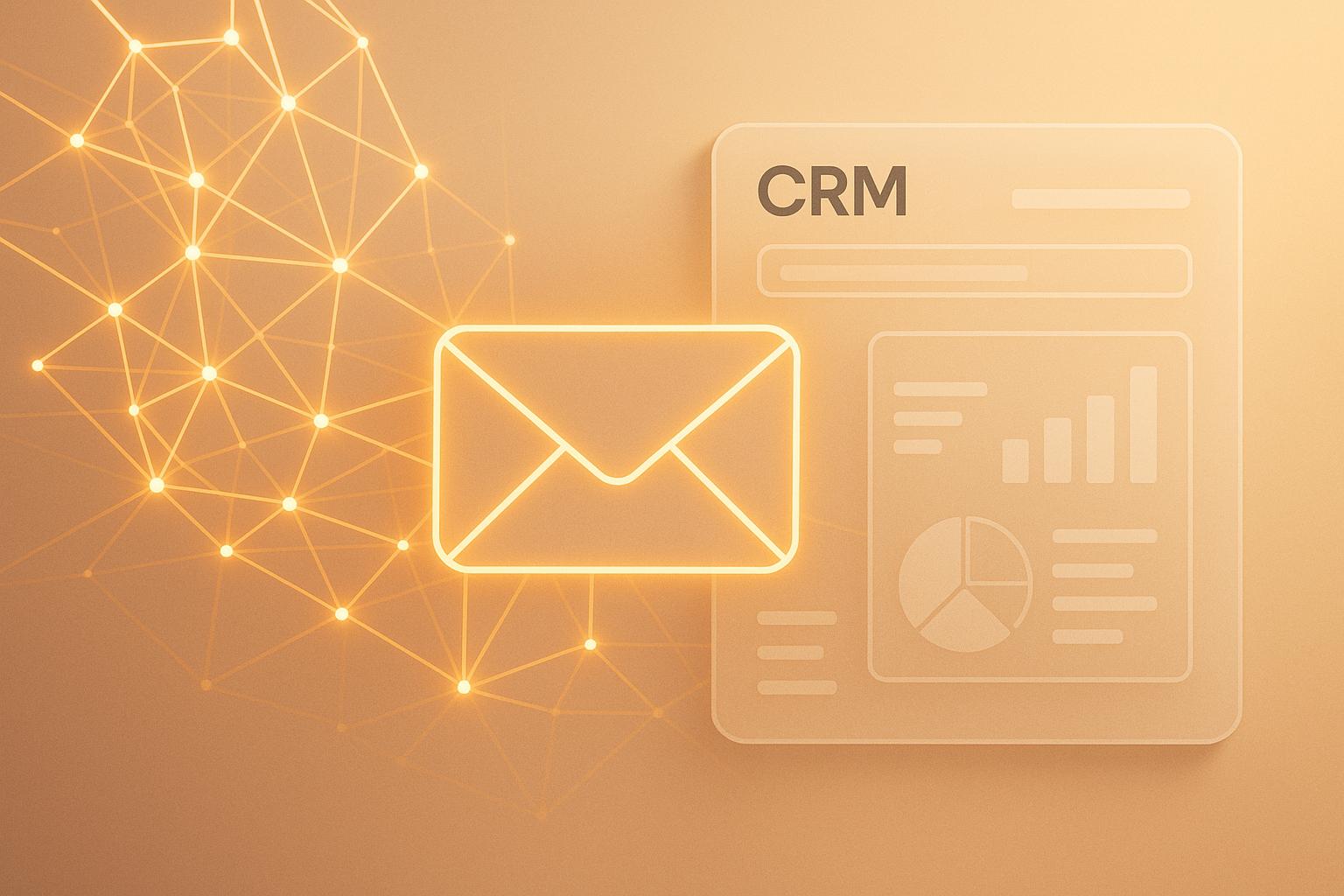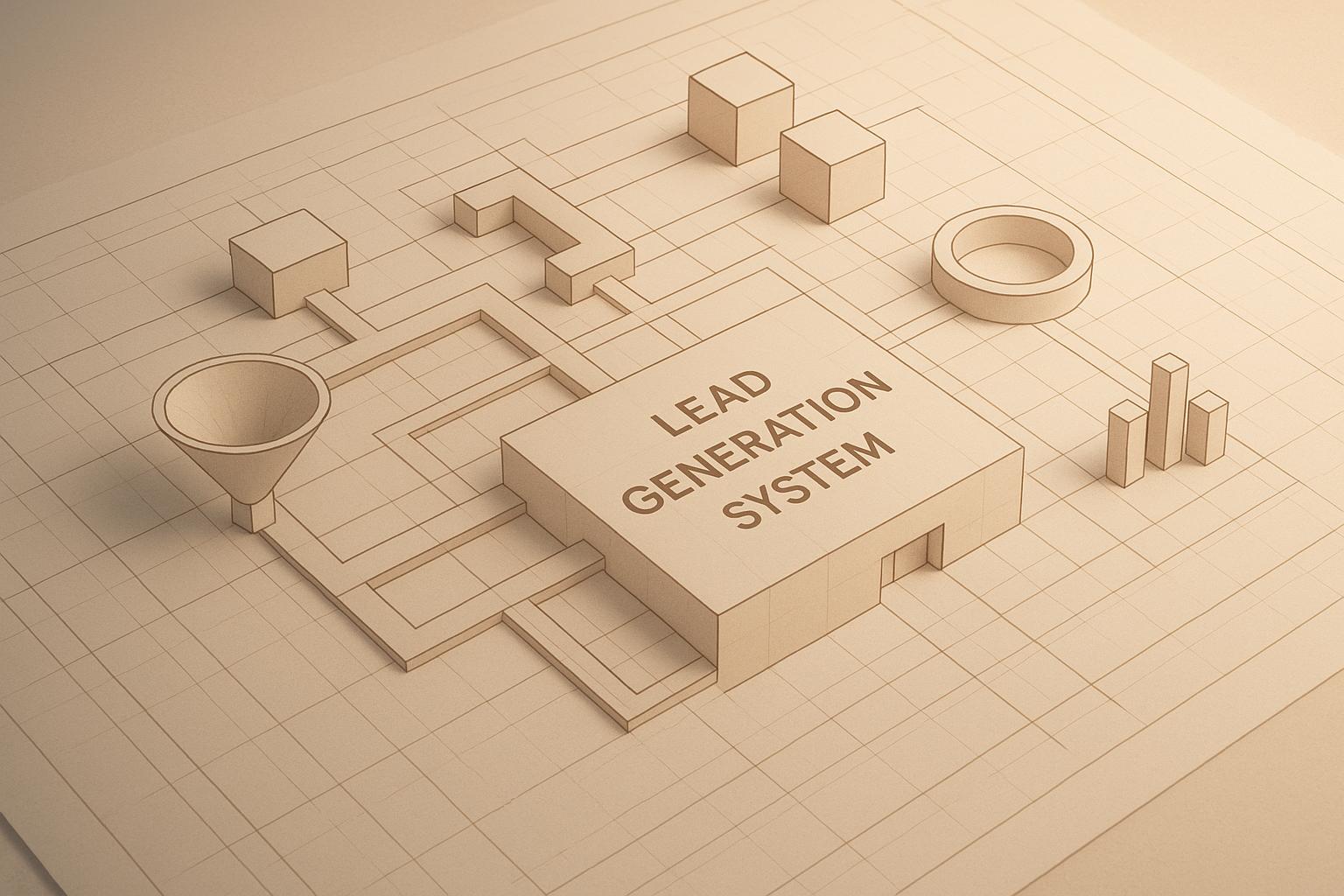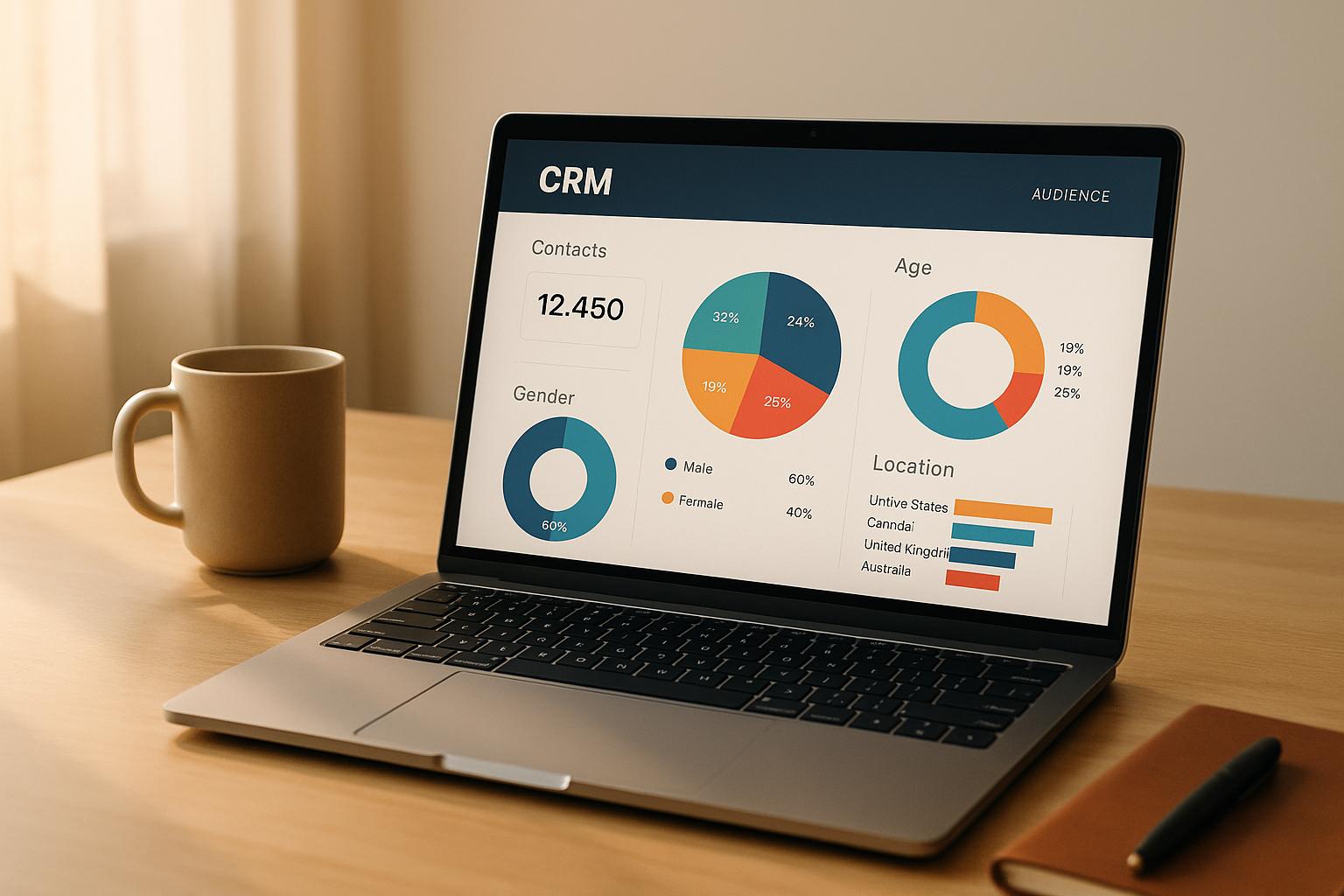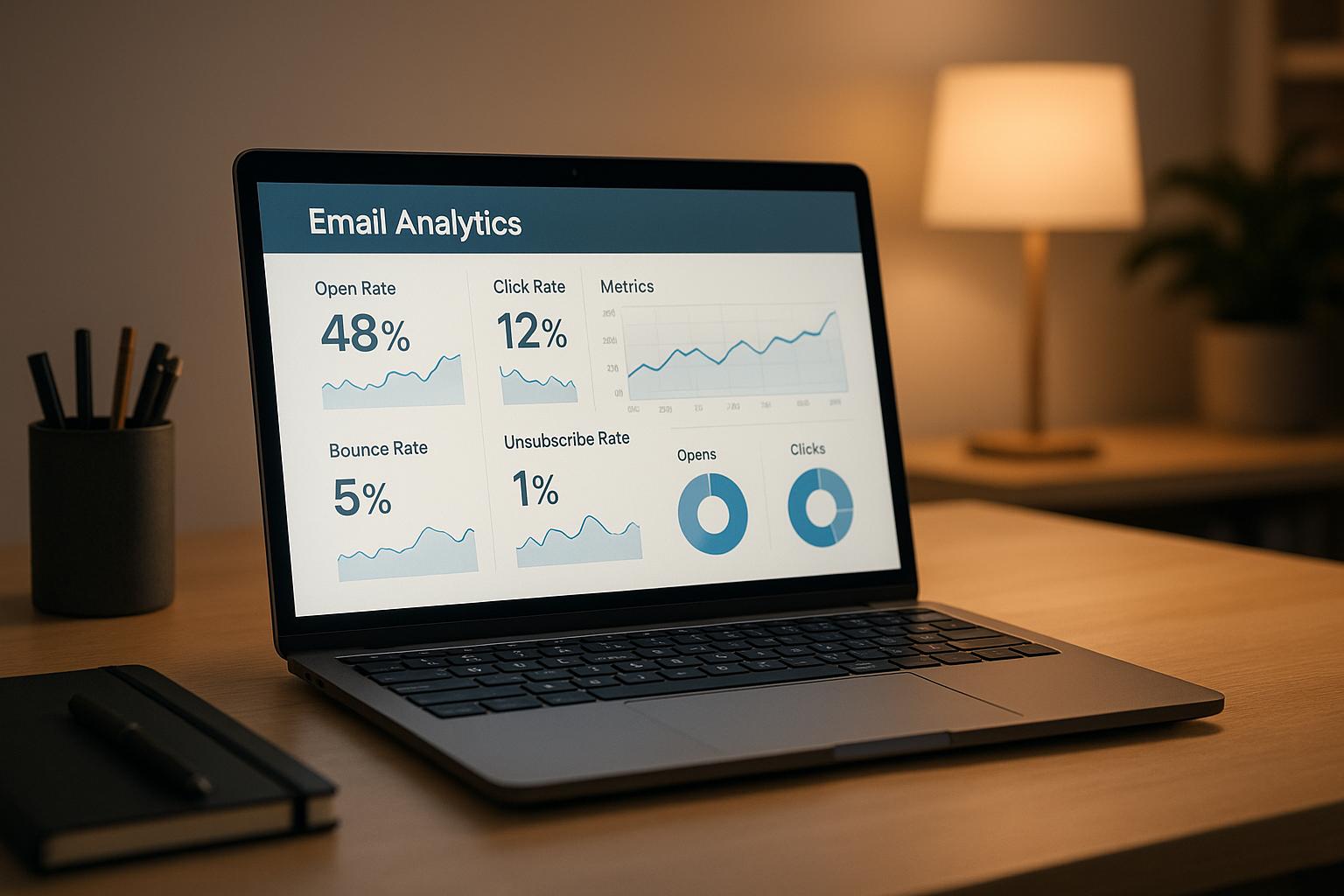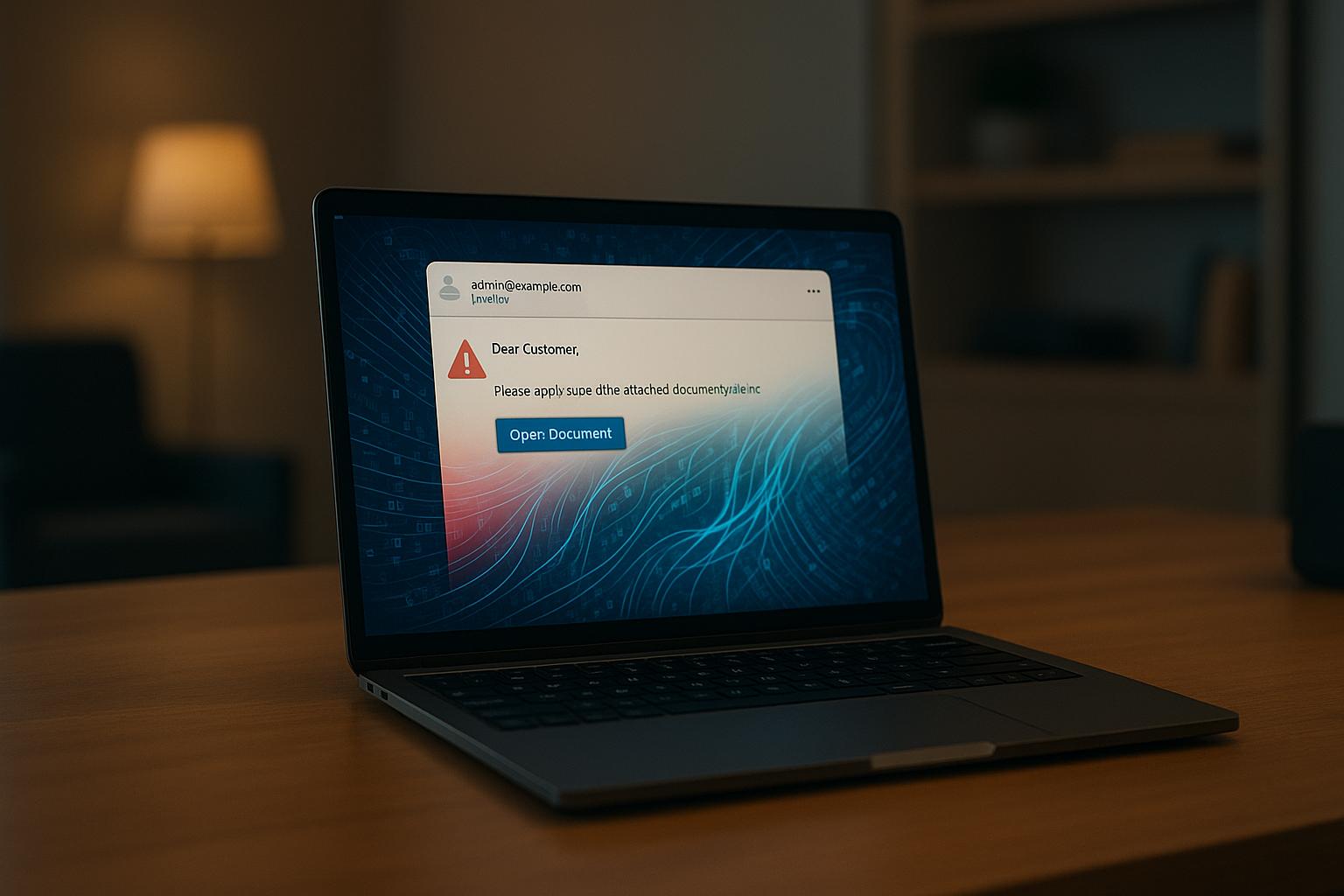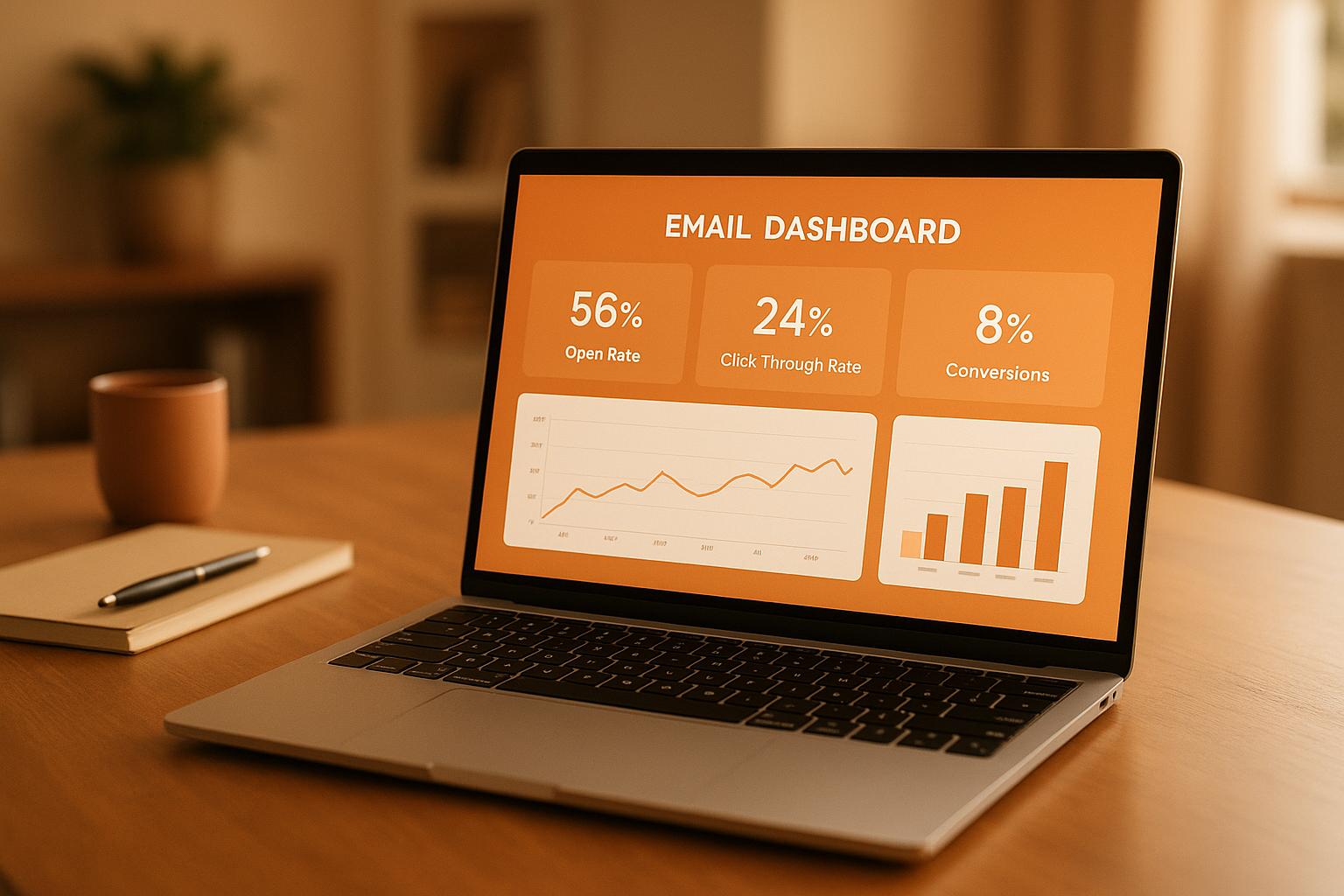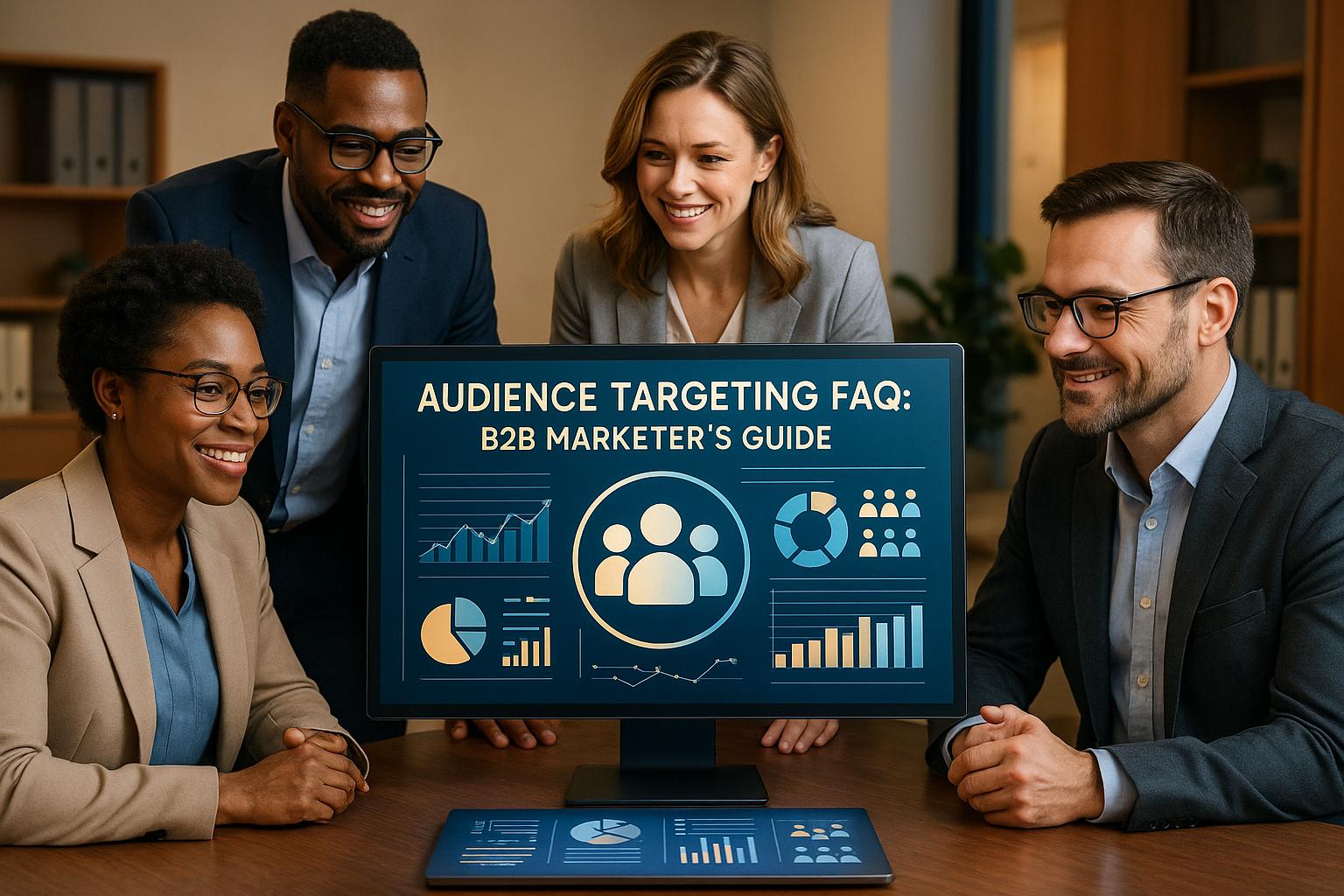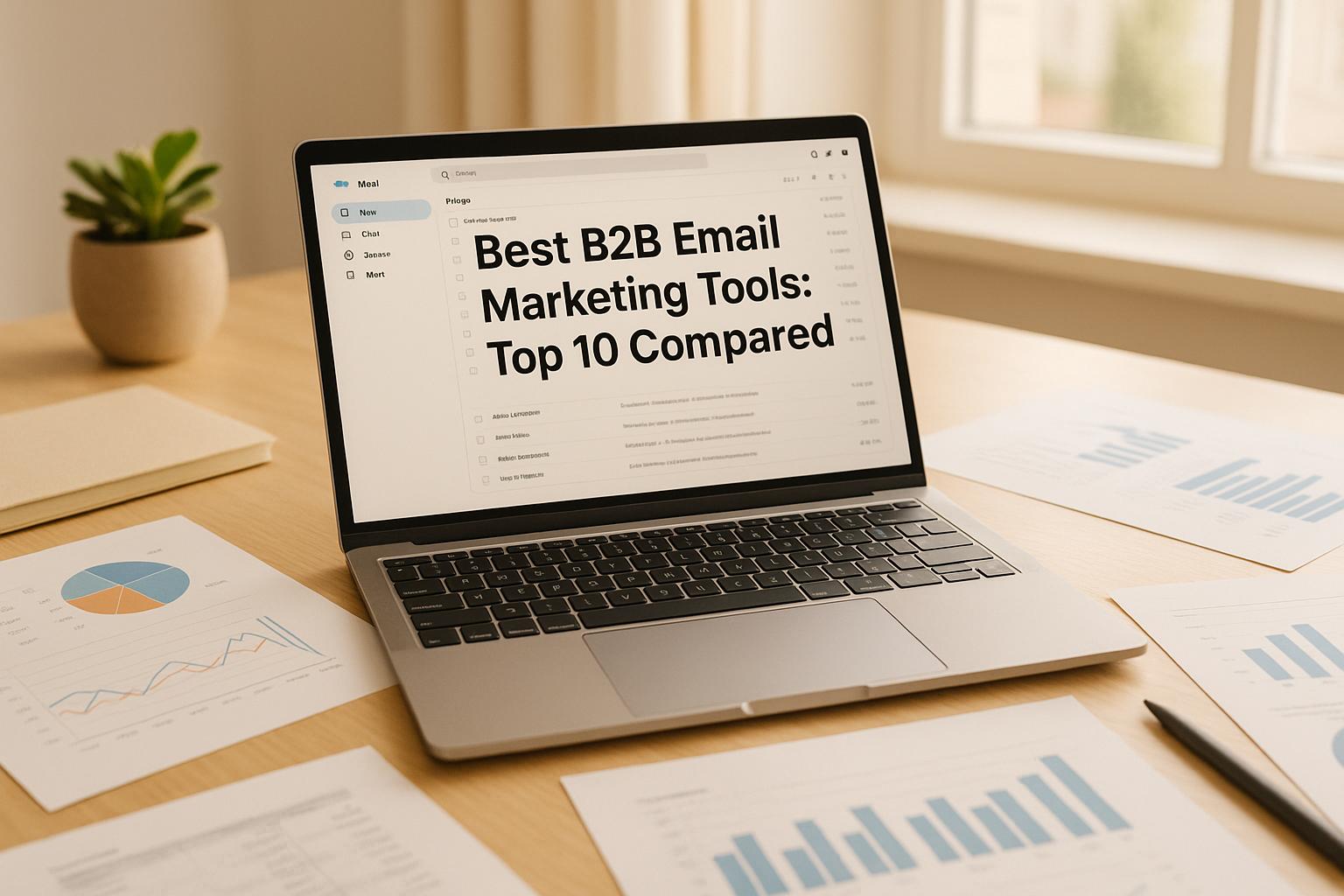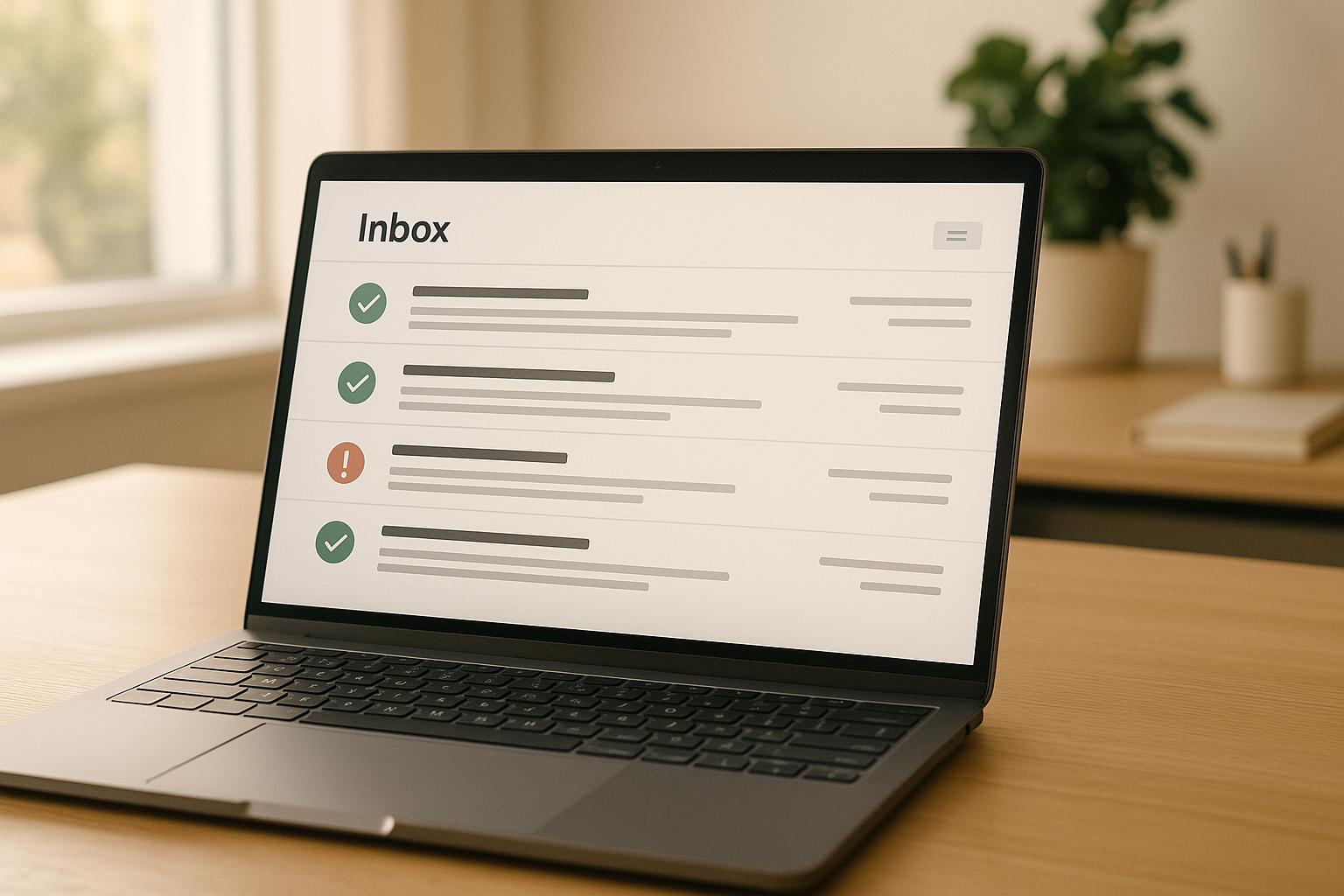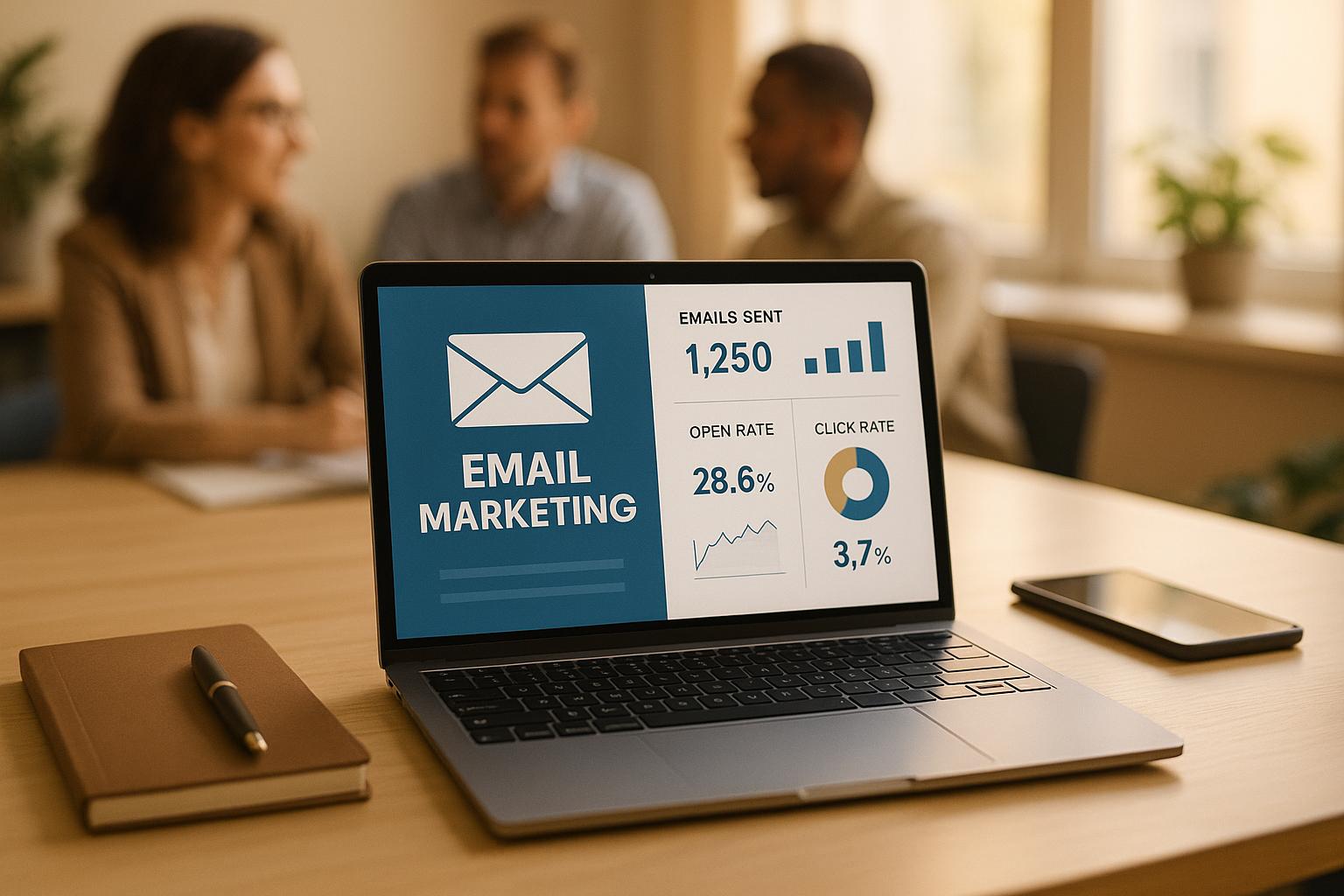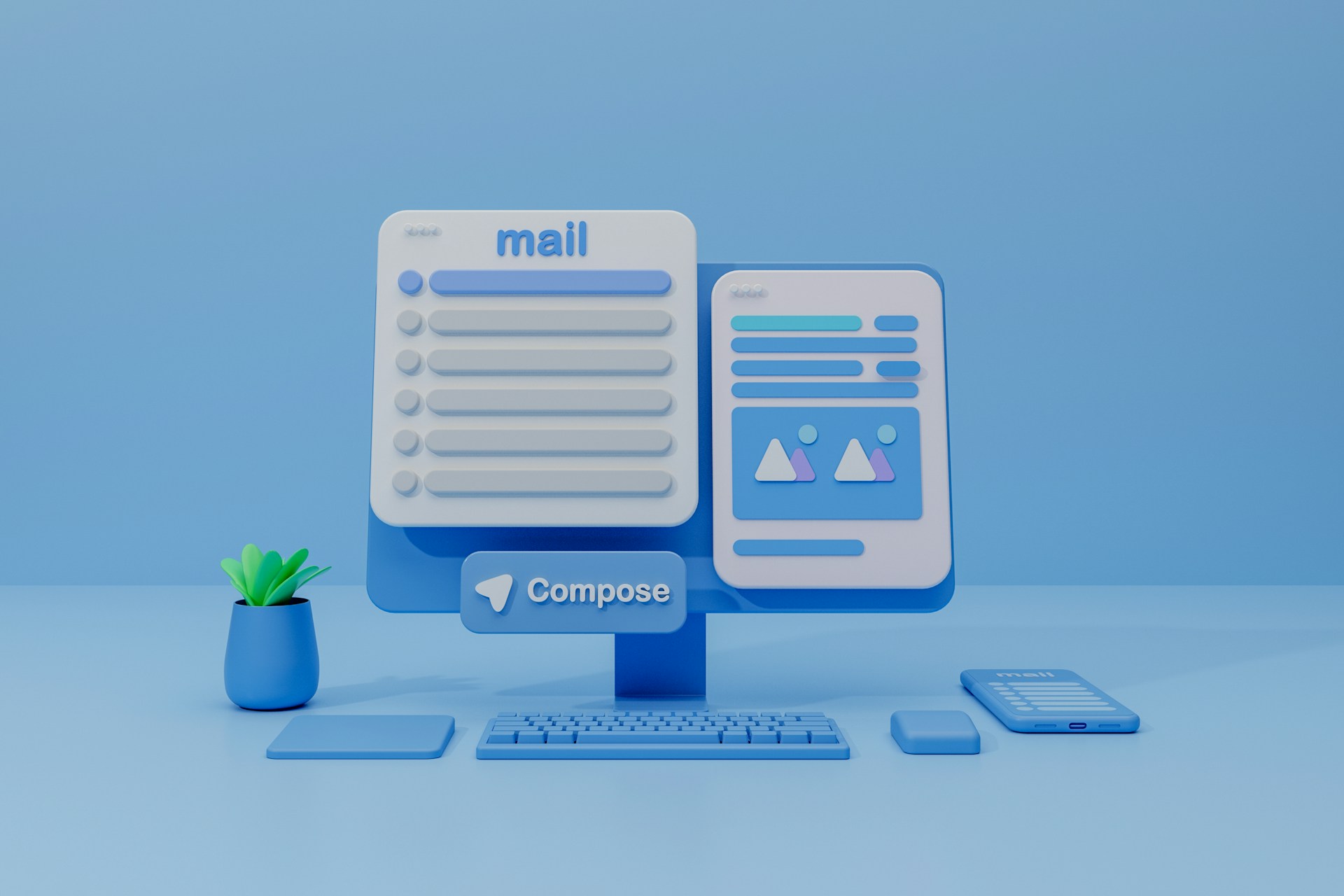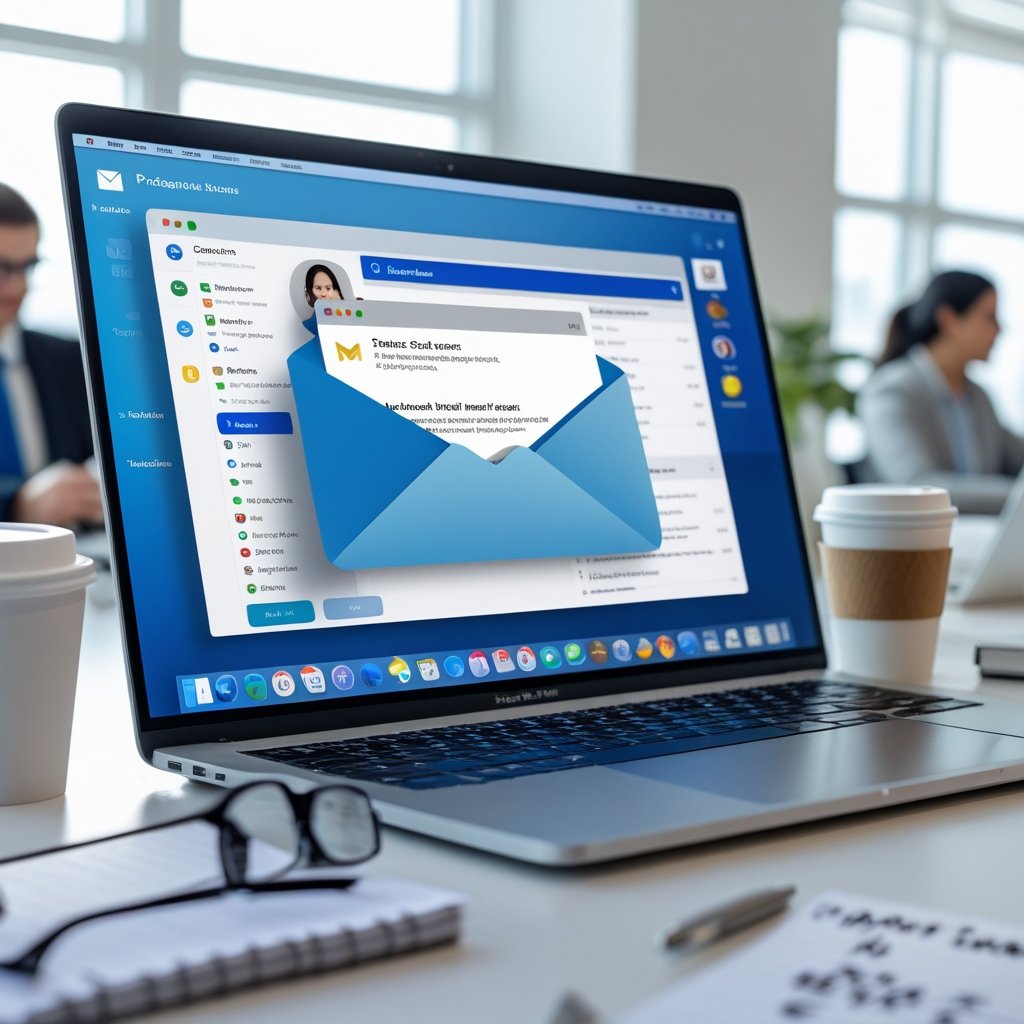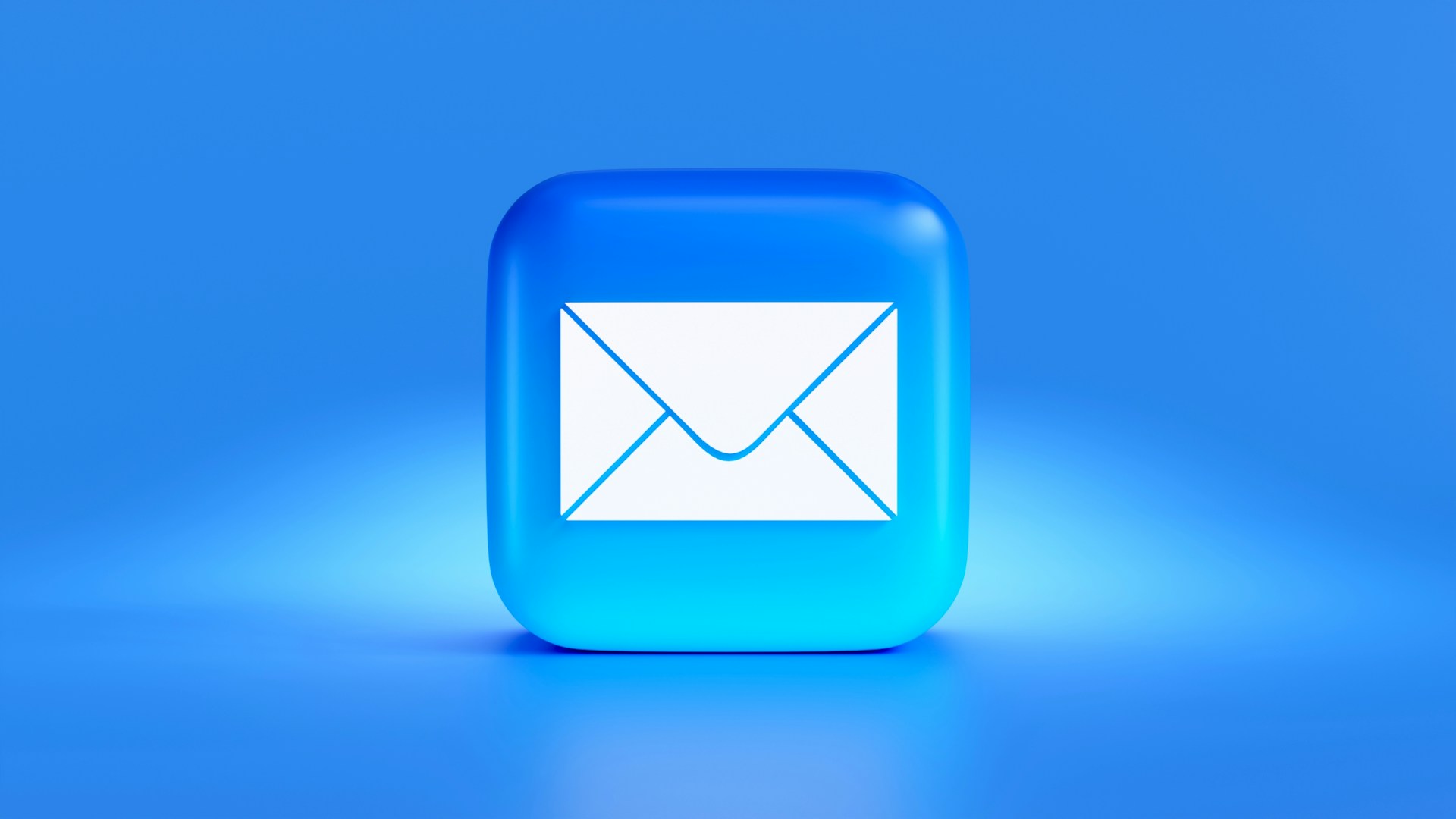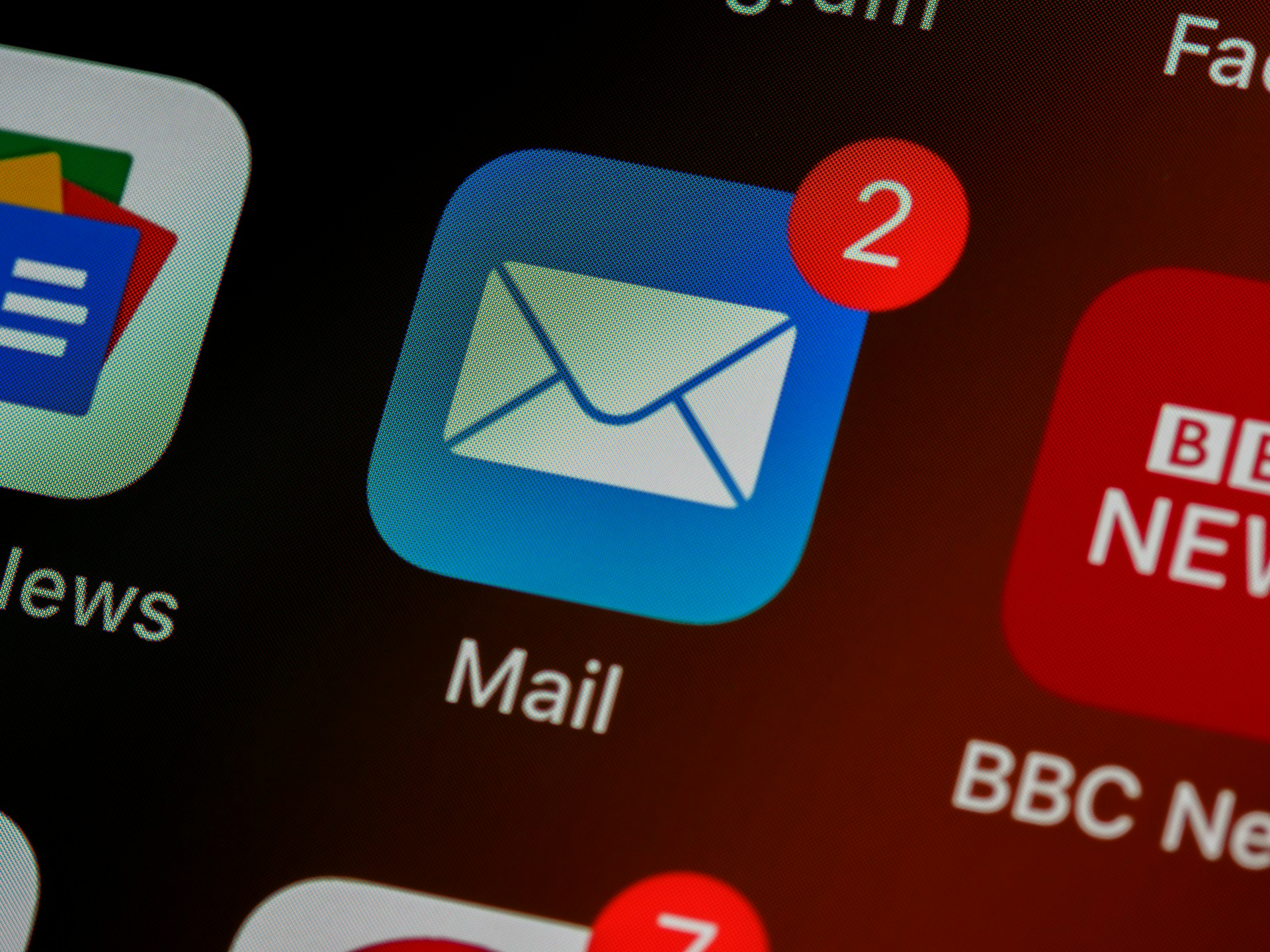How to Choose: LinkedIn, Email, or Substack Newsletters

In today’s digital business ecosystem, newsletters have become powerful tools for B2B professionals looking to build meaningful connections, grow their audiences, and generate leads. Platforms like LinkedIn, email, and Substack offer distinct advantages, each catering to different needs and strategies. Whether you’re a marketer, consultant, or sales professional, the big question remains: where should you invest your time and energy?
This article breaks down the nuances of LinkedIn newsletters, email newsletters, and Substack, helping you make informed decisions based on your goals, resources, and audience behaviors. Let’s explore these options, their strengths, and how to leverage them effectively.
The Case for LinkedIn Newsletters: Reach and Engagement on Autopilot
LinkedIn newsletters provide an impactful way for professionals to share long-form content with their network. Here’s why they stand out:
1. Built-In Discoverability
LinkedIn automatically invites your connections to subscribe to your newsletter when you publish it. This feature makes growing your audience effortless compared to email or Substack. For example, one LinkedIn creator reported gaining 250-300 new subscribers each month without any additional promotion.
Moreover, LinkedIn newsletters are indexed by Google, enhancing your content’s discoverability beyond the platform.
2. Algorithm-Free Notification System
Unlike LinkedIn’s sometimes unpredictable algorithm in the main feed, newsletters bypass this challenge. Subscribers are notified directly when new content is published, ensuring higher visibility.
3. Subscriber Insights for Relationship Building
One unique benefit of LinkedIn newsletters is the ability to view your subscribers’ profiles and categorize them as first, second, or third-degree connections. This creates opportunities to:
- Identify potential leads from your target audience.
- Personalize outreach, opening conversations with warm leads.
- Strengthen connections within your network.
Best for:
Professionals who already have a strong LinkedIn presence and want an easy way to reach their audience consistently while leveraging the platform’s user base.
Email Newsletters: Ownership and Control
Email newsletters remain a dependable and highly personal way to connect with your audience. While growth may be slower, the long-term benefits of owning your email subscriber list are invaluable.
1. You Own Your Audience
One of the primary advantages of email newsletters is independence. Unlike LinkedIn or Substack, where the platform controls the rules, your email list is entirely yours. This ensures continuity even if a platform changes its policies or algorithms.
2. High Engagement Rates
Email newsletters often boast higher open rates than social platforms. Some professionals report open rates as high as 60%, with the smaller, more targeted audience contributing to these impressive numbers.
3. Challenges with Growth
Building an email list from scratch can be slow and riddled with obstacles like unconfirmed subscriptions due to double opt-in requirements. However, combining strategies - such as driving LinkedIn subscribers to sign up for your email newsletter - can help overcome this hurdle.
Best for:
Businesses and individuals who value long-term audience ownership and want to create deeper, personalized relationships with their subscribers.
Substack: The Hype and the Potential
Substack has been gaining traction as a platform for content creators, journalists, and industry experts. It combines the power of newsletters with additional features like the ability to monetize your content.
1. Community and Monetization
Substack offers a unique edge: the ability to directly charge subscribers for premium content. For professionals who produce high-value insights, this can open new revenue streams compared to free LinkedIn or email newsletters.
2. Algorithm-Free Environment
Like email, Substack eliminates the middleman by delivering content directly to subscribers, free from algorithmic interference. For many, this simplicity is appealing, especially in an era where algorithms dictate visibility on most platforms.
3. Early Adoption Benefits
Even if you’re not ready to actively publish on Substack, securing your username early ensures you’re prepared should the platform become a core part of your strategy later.
Best for:
Long-form content creators who want to explore monetization or build an independent community without relying on traditional algorithms.
Key Considerations for Choosing a Platform
1. Align with Your Goals
The most critical question is: what do you want to achieve? If audience growth is your priority, LinkedIn newsletters may be the easiest to scale. If long-term ownership matters most, email is the way to go. Substack appeals to those exploring monetization or diversification.
2. Avoid Spreading Yourself Too Thin
Each platform requires time and effort. Jumping onto multiple platforms without the resources to manage them can dilute your impact. Instead, master one platform before expanding your reach.
3. FOMO vs. Strategy
Consider whether you’re drawn to a platform because of fear of missing out (FOMO) or because it genuinely aligns with your business goals. For example, Substack’s buzz might be tempting, but without a clear strategy, it could become a distraction.
Key Takeaways
- LinkedIn Newsletters: Ideal for quick audience growth and leveraging built-in discoverability. Best for professionals with an active LinkedIn presence.
- Email Newsletters: Offers ownership and control of your audience, with higher engagement rates and personalized connections.
- Substack: Great for monetization and building an independent community, but requires a clear content strategy.
- Don’t Chase Trends Blindly: Focus on platforms that align with your goals and where your target audience is most active.
- Leverage Cross-Promotion: Use platforms like LinkedIn to promote your email newsletter or other content channels.
- Maintain Consistency: Whichever platform you choose, consistency is key to building trust and engagement with your audience.
Final Thoughts
In the end, the choice between LinkedIn, email, and Substack newsletters isn’t just about the platform - it’s about your strategy, audience, and capacity. Each platform offers unique strengths that can help you achieve your business goals, whether it’s audience growth, community engagement, or revenue generation.
Take the time to assess your current workflow, resources, and objectives. By focusing your efforts where they’ll make the most impact, you can avoid overwhelm and ensure your content resonates with the right audience. Remember, quality and consistency always trump quantity and trend-chasing.
Source: "LinkedIn vs Email vs Substack: Best Newsletter for B2B?" - Michelle J Raymond - B2B GROWTH CO, YouTube, Sep 7, 2025 - https://www.youtube.com/watch?v=TtJFDeUqUNM




